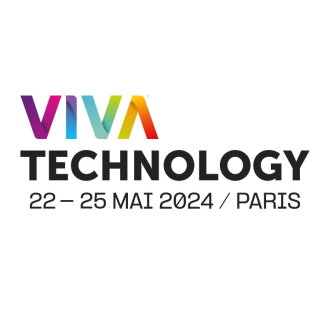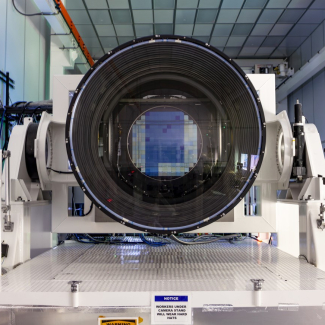
New joint French-Japanese laboratory in Tokyo for physics at the largest and smallest scales
|
From neutrinos to dark matter, and from particle accelerators to gravitational wave detectors and the first light of the Universe1 : the ILANCE laboratory (International Laboratory for Astrophysics, Neutrino and Cosmology Experiments), bringing together the CNRS and the University of Tokyo, will conduct physics research at the very smallest and largest scales of our Universe. Set up on 1 April 2021, the CNRS’s seventh International Research Laboratory in Japan is also the third to be jointly run with the University of Tokyo2 . It will be headed by Michel Gonin, Research Professor at the CNRS, who has long been involved in neutrino experiments in Japan3 , and co-directed by Takaaki Kajita, Professor at the University of Tokyo and winner of the Nobel Prize in Physics in 2015.
Based on the Kashiwa campus located in the north-east of the Greater Tokyo Area, the laboratory will permanently host scientists from the University of Tokyo and the CNRS, focusing on five research topics in which both institutions are at the cutting edge: neutrinos (in connection with the Super-Kamiokande and Hyper-Kamiokande projects); the primordial Universe (in connection with the Japanese LiteBIRD satellite, which will follow on from Europe’s Planck spacecraft); gravitational waves (in connection with the Kagra gravitational wave detector4 ); the dark Universe (dark matter and energy); and particle physics (in connection with the ATLAS experiment at CERN and a particle accelerator project in Japan, the International Linear Collider).
To find out more: read a report on the kick-off meeting on the University of Tokyo's website.
- 1The cosmic microwave background.
- 2To find out more: see the <a href="https://international.cnrs.fr/wp-content/uploads/2021/03/CNRS-in-Japan-2021.pdf">CNRS in Japan</a> brochure.
- 3Super-Kamiokande and T2K experiments. For example see this <a href="http://www.cnrs.fr/en/where-did-antimatter-go-neutrinos-shed-promising-new-light">press release</a>. Michel Gonin conducts his research at the Laboratoire Leprince Ringuet (CNRS/École Polytechnique) and is also a professor at the École Polytechnique.
- 4Like its American and European counterparts, LIGO and Virgo, the Japanese detector is equipped with state-of-the-art mirrors developed at the Laboratoire des Matériaux Avancés at the Institut de Physique des Deux Infinis (CNRS/Université Claude Bernard Lyon 1).


